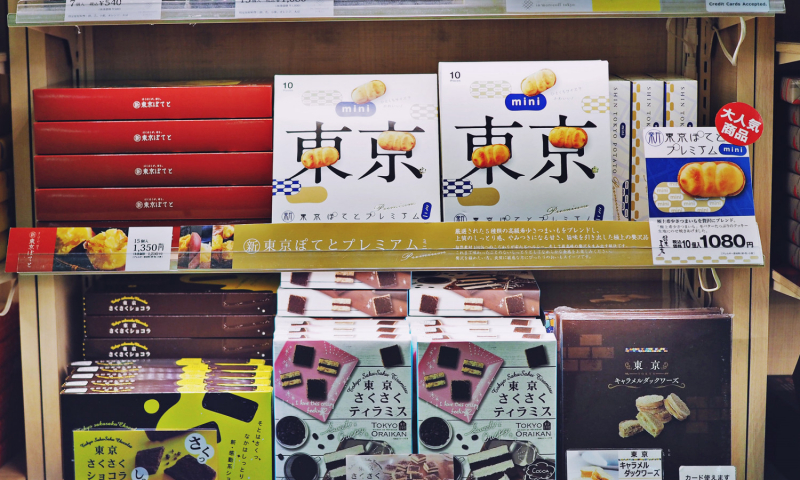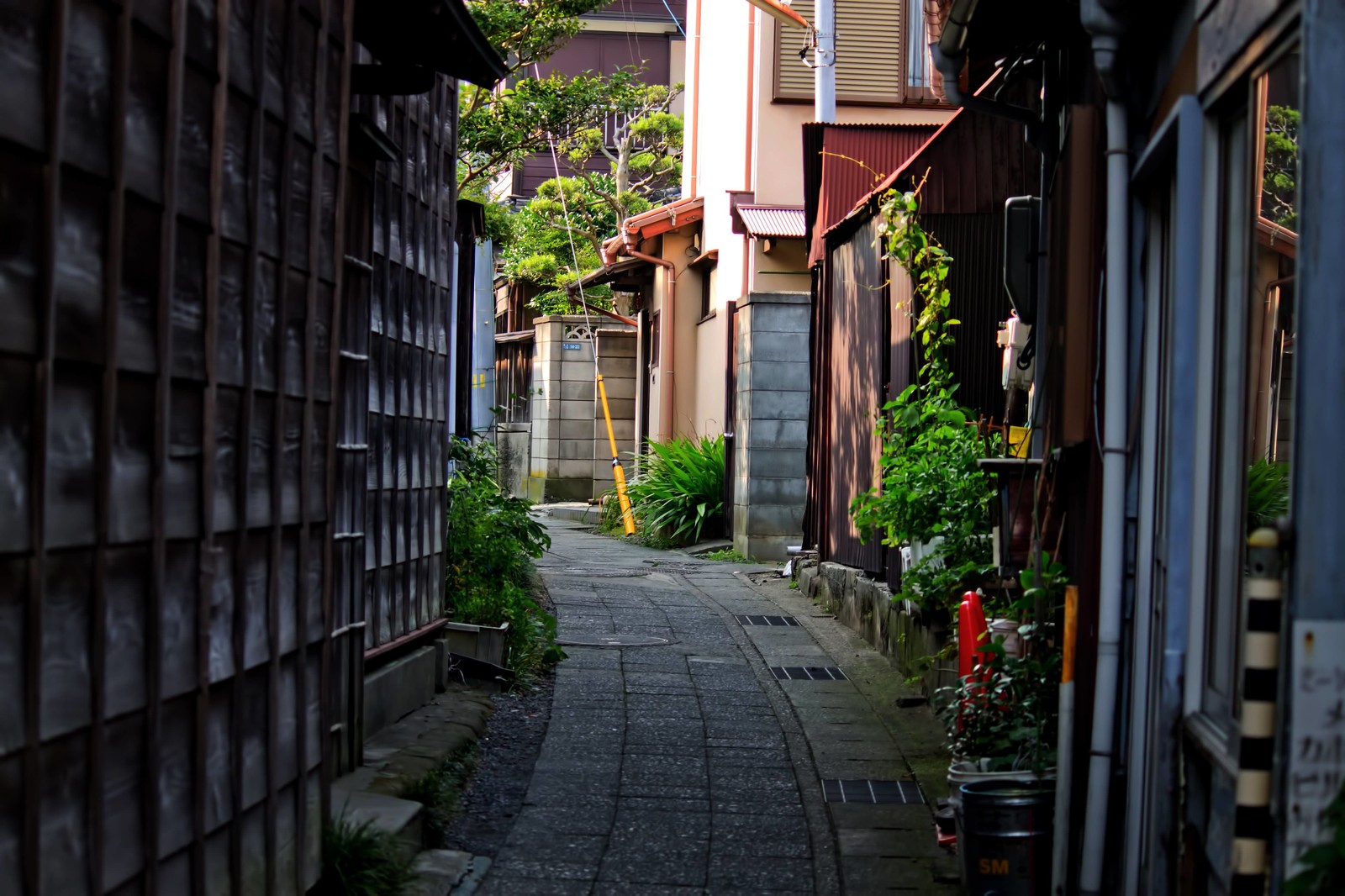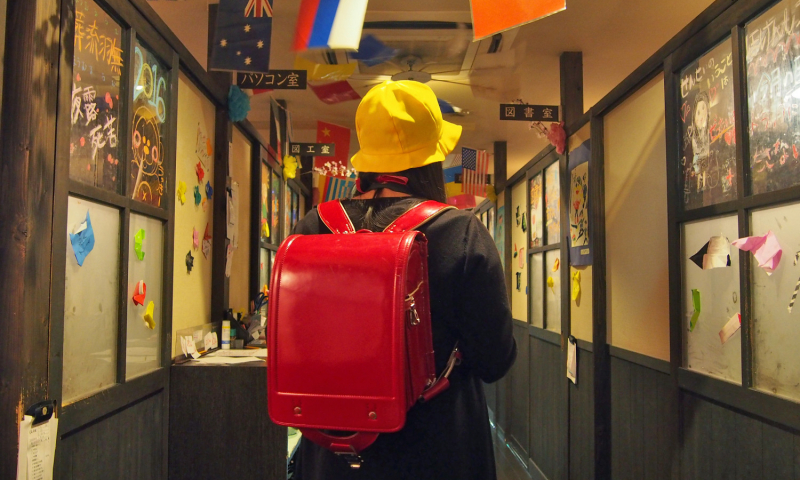
Not Your Regular Hotel: 4 Unique Accommodations in Tokyo


Sponsored Links
Though Japan has one of the most efficient public transportation systems in the world, sometimes it is necessary to find other ways to get around. After you get off at a train station, how do you get to your destination? In many countries, street names and building numbers make finding the correct address simple but, the Japanese system of addresses is quite complicated. The streets do not have names, and building numbers are often not written outside for passersby to see. Not only that, cities like Tokyo are filled with dead end streets, making it easy to lose your way. For example, this is a typical address format in Japan:
111-1111 Tokyo-to, Minato-ku, Akasaka, 1-1-1-Building 101
(Note: This address does not actually exist.)
Do you think you’d be able to find the address if you were given an address like this? Japan’s addresses tend to have more categories than many other countries’ addresses, as well as more numbers. So how does one find a specific street address in Japan? Japanese street addresses are written mostly in this format:
Postal Code – Prefecture – City (ward) – Town/Village – (district) – Block – Building – Building name – Apartment Number.
The postal code is a 7-digit code. The prefecture will be the name of the prefecture that can be designated either as a to, dō, fu, or ken. There is only one to, Tokyo-to, and one do for Hokkaidō. Fu is used for the two prefectures of Osaka-fu and Kyoto-fu and the rest of the 42 prefectures are designated as ken. Wards and districts, written in parentheses, are only used in street addresses for larger cities.
Just from the address, it doesn’t seem that Japan’s system is so much different from other countries. But the district, block, and building are represented as numbers. The districts and blocks are assigned numbers based on how close they are to the municipality. The buildings are especially difficult to find as they are assigned numbers based on when the building was constructed. You might have the 1st building right next to the 15th building if they were constructed many years apart.
Not only is the system of addresses complicated, but the streets in Tokyo especially are often narrow and windy, and its common to find yourself lost in dead-end streets. If you take a look at a map of Tokyo, it’s rare to see many large boulevards. Tokyo used to be a city of rivers, with rivers being a crucial part of peoples’ everyday life in Edo Tokyo. People travelled by water in boats but the streets were later filled with rubble to adopt more Western-style streets. It seems that although the buildings in Tokyo today are modern, the structure of the streets have not changed much from Edo times, and are therefore not very suitable to the large amount of people who pass through Tokyo’s streets today.
When finding the address becomes quite difficult, sometimes it’s best to find your way around streets in Tokyo by using city monuments or a GPS device. In Tokyo, it is easy to spot some city monuments like Sky Tree from afar, and one can use those monuments to find general directions. Although the most popular tourist areas in Tokyo have maps along the street that show all the necessary information to finding an address, less popular places outside outside of Tokyo may not. So if mobile data or wifi is available, a GPS or map app would be very helpful in getting around. Most of the residents of Tokyo too would find it difficult to get around without a map app.
If you plan on visiting Japan, it’s useful to know how difficult it can be navigating through Japan’s streets. In the case you still can’t find a place, most people will try their best to guide you so don’t hesitate in asking!
Sponsored Links

The Secret of Everlasting Popularity: 6 Longest Running Animes You Should Watch!

Best Place for Science Freaks! Visit “Science Bar Incubator” in Yotsuya



